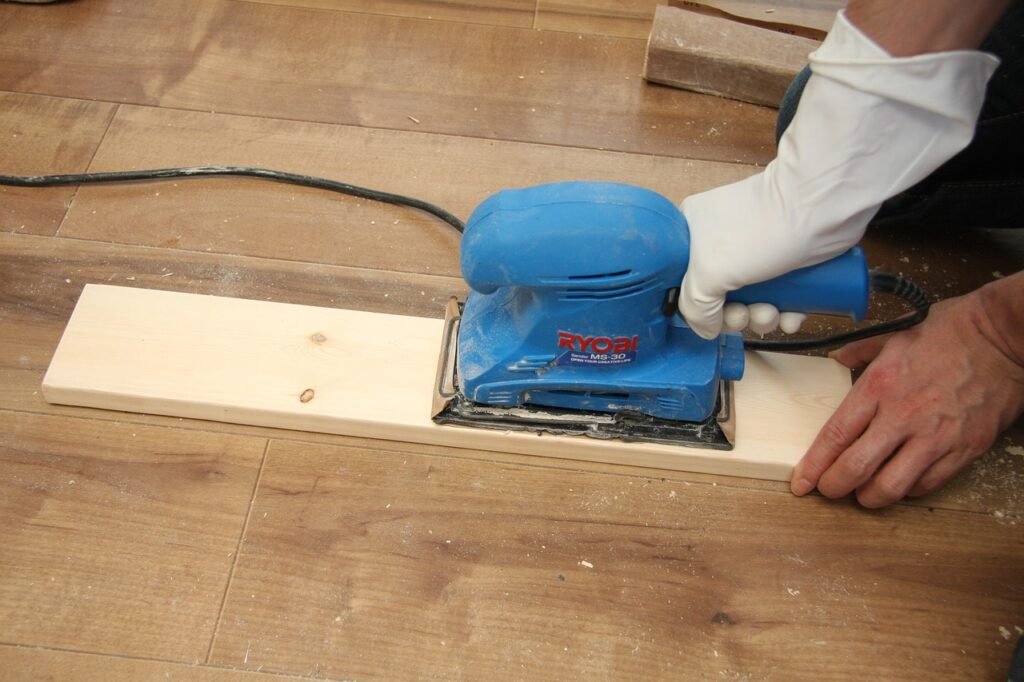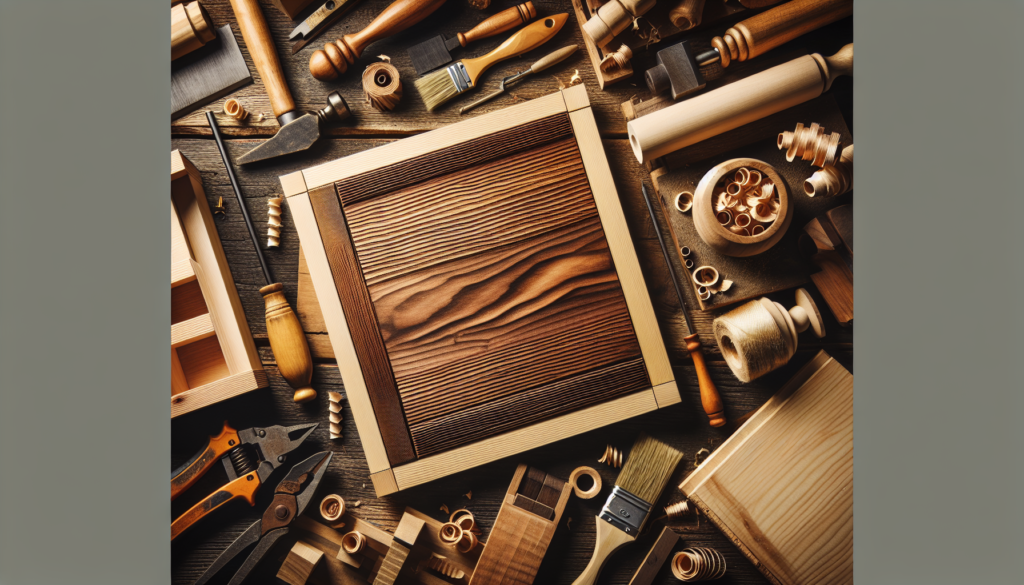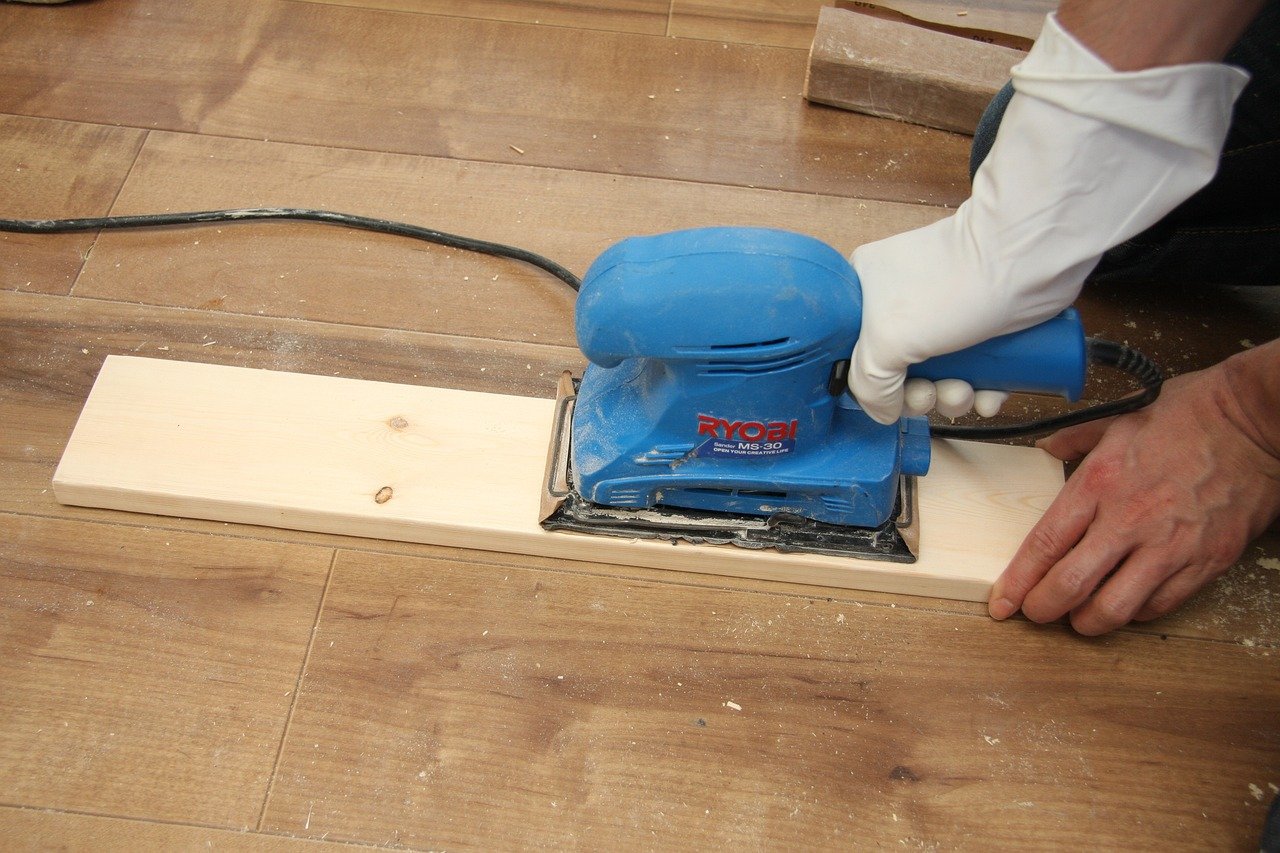Hey there! Ready to unleash your inner carpenter? In this article, we’ll be taking a peek into the world of DIY Carpentry Projects. From crafting your own unique bookshelf to constructing a stylish coffee table, we’ll explore a variety of hands-on projects that will bring a touch of creativity and pride to your home. So, grab your tools and let’s get started on this exciting journey of DIY carpentry!


Benefits of DIY Carpentry Projects
Carpentry is not just a profession for professionals; it can also be a fulfilling hobby for anyone interested in creating their own furniture and home improvement projects. Engaging in DIY carpentry projects offers a range of benefits that go beyond just the final product.
Save money on furniture and home improvement
One of the main advantages of DIY carpentry projects is the ability to save a significant amount of money. Instead of purchasing expensive furniture or hiring professionals for home improvement tasks, you can tackle these projects yourself. By using your skills and creativity, you can create pieces that are not only tailored to your specific needs but also much more cost-effective.
Develop practical skills
Engaging in DIY carpentry projects allows you to develop a range of practical skills that can be useful in various aspects of life. From learning how to measure and cut wood accurately to mastering basic joinery techniques, you’ll not only enhance your carpentry skills but also improve your overall problem-solving abilities. These skills can come in handy not just for future woodworking projects but also for everyday tasks around the house.
Enhance creativity and personalization
DIY carpentry projects provide you with the opportunity to unleash your creativity and personalize your living space. Rather than settling for mass-produced furniture and generic home decor, you have the freedom to design and create pieces that truly reflect your personal style and preferences. Whether you want to build a unique bookshelf or create a one-of-a-kind picture frame, DIY carpentry projects allow you to leave your personal mark on your home.
Basic Tools and Materials for DIY Carpentry Projects
Before getting started with any DIY carpentry project, it’s essential to have the right tools and materials at your disposal. Here’s a breakdown of the basic tools, common power tools, and recommended materials and supplies.
Essential carpentry hand tools
When it comes to DIY carpentry, a set of essential hand tools is a must-have. These tools are straightforward and do not require a power source. Some of the essential hand tools include a hammer, tape measure, chisels, hand saw, screwdrivers, and clamps. These tools will help you measure, cut, shape, and assemble wood for your projects.
Common power tools
While hand tools are necessary, power tools can make your DIY carpentry projects more efficient and precise. Some common power tools to consider include a circular saw, power drill, jigsaw, router, and orbital sander. These tools will allow you to cut, shape, and sand wood with greater ease and precision.
Recommended materials and supplies
Choosing the right materials and supplies is crucial for the success of your DIY carpentry projects. Opting for high-quality wood, such as oak or walnut, can ensure the durability and longevity of your creations. Additionally, having a supply of screws, nails, wood glue, sandpaper, and finishes like varnish or paint will ensure you have everything you need to complete your projects.

Simple DIY Carpentry Projects for Beginners
If you’re just starting with DIY carpentry, it’s essential to begin with simple projects that help you learn the basics. Here are a few beginner-friendly projects to get you started:
Building a basic bookshelf
A basic bookshelf is an excellent beginner project that teaches you fundamental woodworking skills. With a few pieces of plywood, some screws, and a little bit of patience, you can create a functional and stylish bookshelf for your home. This project will help you practice measuring and cutting wood accurately, as well as assembling pieces using screws.
Constructing a wooden planter box
A wooden planter box not only adds a touch of nature to your home but also serves as a practical gardening solution. By following simple plans and using basic carpentry techniques, you can build a sturdy and attractive planter box. This project will allow you to practice cutting and joining wood, as well as understanding the importance of proper drainage.
Creating a picture frame
Crafting your own picture frame is a great way to showcase your favorite photos or artwork. With a few pieces of wood, a miter saw, and some wood glue, you can create a custom frame that perfectly fits your chosen picture. This project will help you develop precision cutting skills and the ability to join pieces together seamlessly.
Intermediate DIY Carpentry Projects
Once you have mastered the basics of DIY carpentry, you can move on to more intermediate-level projects that require additional skills and techniques. Here are a few projects to consider:
Building a coffee table
A coffee table is a staple piece of furniture in many homes and building one yourself allows you to customize its design and size. This intermediate project will require accurate measurements, precise cuts, and the ability to join pieces together using advanced joinery techniques such as mortise and tenon joints. By following detailed plans and utilizing intermediate carpentry skills, you can create a stunning and functional coffee table.
Constructing a wooden bench
A wooden bench can be a versatile addition to your indoor or outdoor space, providing both seating and aesthetic appeal. Intermediate carpentry skills, such as using a power drill, cutting angled joints, and assembling pieces securely, are essential for this project. With the right tools and materials, you can create a sturdy and stylish wooden bench to enjoy for years to come.
Creating a shelving unit
A custom-built shelving unit can transform a room by providing additional storage and displaying your favorite items. This intermediate project requires precise measurements, cutting and shaping wood accurately, and advanced joinery techniques. By taking the time to plan and execute each step carefully, you can create a unique and functional shelving unit that perfectly fits your space.

Advanced DIY Carpentry Projects
If you’re up for a challenge and ready to take your carpentry skills to the next level, advanced DIY carpentry projects are the way to go. These projects require a high level of skill and expertise but offer immense satisfaction upon completion. Here are a few advanced projects to tackle:
Constructing a garden shed
A garden shed is a substantial project that requires a deep understanding of carpentry techniques and construction principles. From building a solid foundation to framing walls and installing doors and windows, constructing a garden shed is a complex but rewarding endeavor. This project will test your skills in structural integrity, woodworking precision, and attention to detail.
Building a kitchen island
A kitchen island can be a game-changer in terms of functionality and aesthetics. This advanced project involves intricate cabinetry work, including the construction of drawers and cabinets, installation of countertops, and potentially even plumbing and electrical work. Building a kitchen island requires a comprehensive understanding of carpentry, as well as other trades and disciplines involved in kitchen construction.
Creating a workbench
A workbench is an essential tool for any DIY enthusiast, providing a sturdy and dedicated space for various projects. This advanced project entails designing and constructing a workbench that suits your specific needs, incorporating elements such as storage compartments, sturdy work surfaces, and built-in tool organization. Building a workbench requires advanced carpentry skills, as well as the ability to plan and execute a complex project from start to finish.
Choosing the Right Wood for Your DIY Carpentry Projects
Selecting the appropriate wood for your DIY carpentry projects is crucial for both the appearance and durability of the final product. Here are some factors to consider when choosing wood:
Understanding different wood types
Different wood species have distinct characteristics in terms of color, grain pattern, and hardness. Common wood options for carpentry projects include oak, pine, maple, and walnut, each offering unique aesthetics and working properties. Understanding the qualities of different wood types allows you to make informed decisions based on the desired outcome of your project.
Considering wood durability and appearance
Durability is a critical factor when selecting wood for furniture or structural projects. Some wood species naturally have higher resistance to wear, rot, and pests, making them suitable for outdoor projects or areas prone to moisture. Similarly, the appearance of the wood, such as its color and grain pattern, can greatly impact the overall aesthetic of your project. Consider both the durability and appearance of the wood to ensure your project stands the test of time.
Working with reclaimed wood
Using reclaimed wood for your DIY carpentry projects not only adds a unique and rustic touch but also contributes to sustainable practices. Reclaimed wood is sourced from old buildings, barns, or other structures, offering character and history to your projects. Working with reclaimed wood may require additional preparation, such as cleaning and removing nails, but the result can be a truly one-of-a-kind piece.

Important Safety Tips for DIY Carpentry Projects
Working with tools and materials can pose risks, but by following essential safety guidelines, you can ensure a safe and enjoyable DIY carpentry experience. Here are some important safety tips to keep in mind:
Wearing appropriate safety gear
Always wear the necessary safety gear when working on your DIY carpentry projects. Safety glasses protect your eyes from flying debris, gloves provide hand protection, and earplugs reduce the risk of hearing damage from loud power tools. Additionally, consider using a dust mask when working with wood that produces fine particles.
Using tools correctly and safely
Before using any power tool, read and understand the manufacturer’s instructions and safety guidelines. Operating power tools incorrectly can lead to serious injuries. Regularly inspect your tools for damage and ensure they are in proper working condition. When using hand tools, maintain a steady grip and use them as intended to minimize the risk of accidents.
Securing workpieces for stability
When working on your DIY carpentry projects, secure your workpieces properly to prevent them from moving or sliding unexpectedly. Use clamps or vices to hold the wood in place, ensuring stability during cutting, shaping, or assembly. This will reduce the chance of accidents and result in more accurate and precise work.
Key Carpentry Techniques for DIY Projects
Mastering key carpentry techniques is essential for successful DIY projects. Here are a few techniques that every DIY enthusiast should know:
Measuring and marking wood accurately
Accurate measurements are the foundation of any carpentry project. Use a reliable measuring tool, such as a tape measure or combination square, to measure your wood pieces precisely. Marking the measurements on the wood with a pencil or marking knife ensures accuracy during cutting and assembly.
Using basic joinery techniques
Joinery techniques allow you to connect wood pieces securely and create strong and durable joints. Some basic joinery techniques include butt joints, miter joints, and lap joints. Learning these techniques and practicing their execution will enhance the structural integrity of your DIY carpentry projects.
Applying finishes and sealants
Applying finishes and sealants is the final step in many carpentry projects, providing protection and enhancing the appearance of the wood. Whether staining, varnishing, or painting your project, it’s essential to apply these finishes correctly to achieve the desired results. Sanding the wood smooth before finishing and using appropriate brushes or applicators will ensure a professional finish.

Troubleshooting Common Issues in DIY Carpentry Projects
Even the most experienced carpenters encounter problems during their projects. Here are a few common issues and tips for troubleshooting them:
Dealing with warped or twisted wood
Wood can warp or twist due to changes in humidity or improper storage. To salvage warped or twisted wood, try using clamps to apply pressure and gradually straighten it out. Alternatively, you can use a jointer or planer to remove small irregularities, but this may affect the overall dimensions of the wood piece. If the wood is severely warped, it may be necessary to replace it entirely.
Repairing mistakes and imperfections
Mistakes and imperfections are bound to happen, even to the most skilled carpenters. To repair small mistakes, such as a misaligned joint or a scratch in the wood, you can use wood filler or putty to fill in gaps or defects. Sanding or planing the area smooth can help create a seamless finish. For larger mistakes or structural issues, it may be necessary to start over or seek professional assistance.
Matching wood stains and finishes
When working on larger projects or matching existing wood finishes, achieving a consistent color can be challenging. Start by testing the stain or finish on a scrap piece of wood to ensure it matches your desired color. If the color is not a perfect match, consider adding layers or combining different stains or finishes. It may also help to consult with experts at your local hardware store for guidance on color matching techniques.
Finding Inspiration and Resources for DIY Carpentry Projects
Whether you’re a beginner or an experienced woodworker, finding inspiration and accessing resources can greatly enhance your DIY carpentry projects. Here are a few avenues to explore:
Exploring online project plans and tutorials
The internet is a treasure trove of project plans, tutorials, and inspiration for DIY carpentry. Websites and platforms like Pinterest, DIY blogs, and woodworking forums offer a plethora of ideas and step-by-step instructions. From simple projects to advanced creations, you’ll find endless possibilities to fuel your carpentry passion.
Utilizing woodworking magazines and books
Woodworking magazines and books provide a wealth of knowledge and inspiration for DIY carpentry enthusiasts. Subscribing to a woodworking magazine or investing in instructional books can give you access to expert tips, project plans, and guidance on various techniques. These resources can help you refine your skills and broaden your understanding of carpentry.
Joining local carpentry workshops or classes
If you prefer a more hands-on approach, consider joining local carpentry workshops or classes. These provide opportunities to learn from experienced carpenters, receive personalized guidance, and connect with fellow woodworking enthusiasts. Whether it’s a short-term workshop or a longer-term course, joining such activities can further enhance your skills and provide a supportive community.
By pursuing DIY carpentry projects, you not only save money, develop practical skills, and enhance your creativity but also create unique and personalized pieces for your home. So roll up your sleeves, gather your tools, and embark on your carpentry journey. With each project, your skills and confidence will grow, allowing you to tackle increasingly challenging and rewarding endeavors. Happy woodworking!

